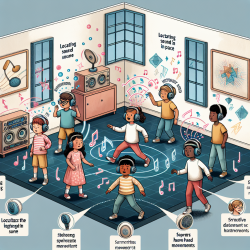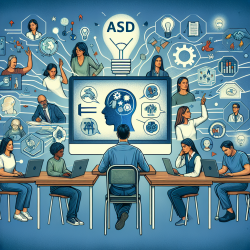As a practitioner focused on creating optimal outcomes for children with hearing impairments, it’s essential to stay informed about the latest research. A recent study titled Spatial Hearing Difficulties in Reaching Space in Bilateral Cochlear Implant Children Improve With Head Movements offers valuable insights into how head movements can significantly enhance spatial hearing abilities in children with bilateral cochlear implants (BCIs).
In this study, researchers examined the spatial hearing abilities of 18 children fitted with BCIs and compared their performance to that of 18 age-matched normal-hearing (NH) peers. Using immersive virtual reality and real-time 3D motion tracking, the study assessed how well these children could localize sounds in space. The key finding? Allowing children to move their heads during sound localization tasks significantly improved their accuracy.
Key Findings
- BCI children showed substantial improvement in sound localization when allowed to move their heads.
- Without head movements, BCI children had a 3D error of 55 cm, compared to 24 cm for NH children.
- With head movements, the 3D error for BCI children decreased to 46 cm.
- Head movements reduced front-back confusions from 44.6% to 25.1% in BCI children.
Why Head Movements Matter
Head movements create changes in binaural cues, which are crucial for resolving front-back and distance confusions. For BCI children, these movements provide additional auditory information that their implants might otherwise miss. Encouraging head movements during sound localization tasks can be a simple yet effective strategy to enhance their spatial hearing abilities.
Practical Applications
As practitioners, we can implement these findings in our therapy sessions by:
- Encouraging children to move their heads while trying to localize sounds.
- Incorporating virtual reality tools to simulate real-world sound environments.
- Providing feedback and reinforcement to help children understand the benefits of head movements.
These strategies can be easily integrated into existing therapy programs and have the potential to significantly improve spatial hearing outcomes for BCI children.
Encouraging Further Research
While this study provides valuable insights, more research is needed to fully understand the long-term benefits of head movements and other active listening strategies. Practitioners are encouraged to explore these areas further and contribute to the growing body of knowledge in this field.
To read the original research paper, please follow this link: Spatial Hearing Difficulties in Reaching Space in Bilateral Cochlear Implant Children Improve With Head Movements.










